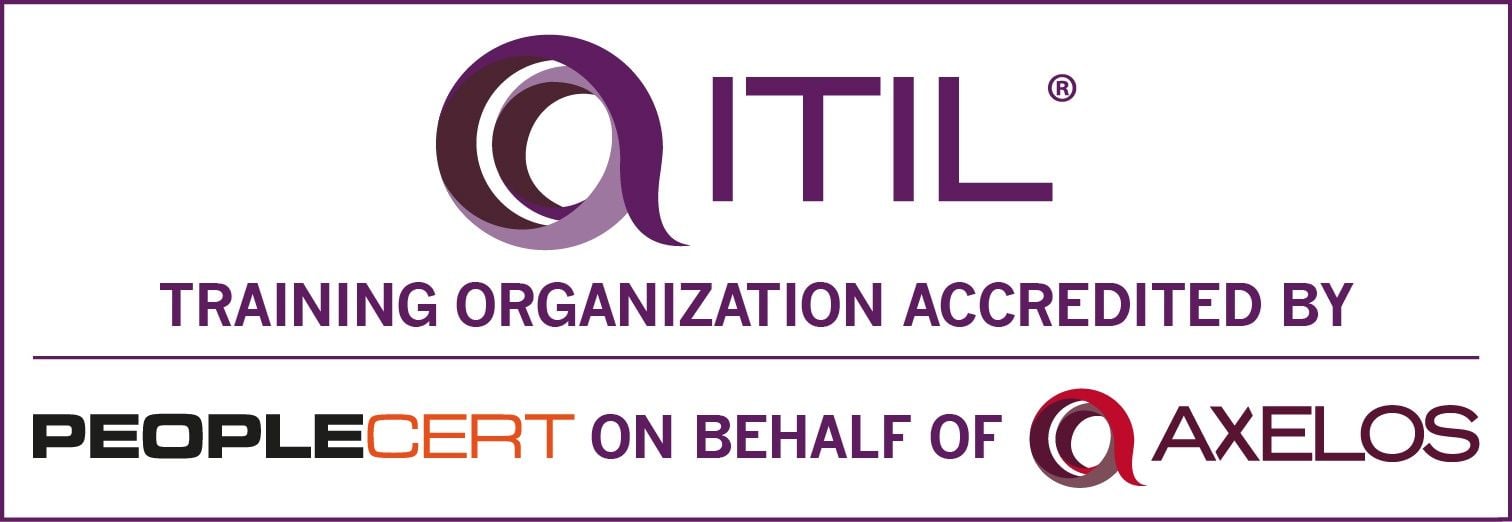How to Tackle IT Asset Management
A strategic and careful management of all your IT software and hardware assets can pay big dividends for your bottom line. Here is how to do it.
Here is a starter guide for ITSM professionals who are planning to implement an ITAM (IT asset management) system. These four easy steps can guide you in implementing asset management processes and procedures, or in improving current asset management processes and making a system more reliable.
Step 1: Understand what an IT asset management system is
IT asset management (ITAM) supports the asset life cycle, from procurement to retirement, through a collection of interrelated business practices that link financial, contractual, and inventory functions.
IT infrastructure is a rapidly changing environment, one that’s changing daily with the onboarding, offboarding activities, employees changing location, network equipment retirement and upgrades, acquisitions, and more. All these changes affect the IT assets, hardware, and software.
With the proper IT asset management structure, potential IT issues could be resolved quickly through better visibility of IT administration into all the IT assets in the organizational IT infrastructure, including the network, data center, remote sites, and user workstations.
Hardware Asset Management
Hardware asset management is tracking and managing the physical Information Technology assets for the organization during their life cycle from procurement through disposal. The goals of hardware asset management are to account for all hardware assets in the environment and provide a centralized place for the IT department to provide inventory visibility. Other goals include support with vendor contracts and lease management, assisting in capacity planning, and making budgetary forecasts based on the asset life cycle and onboarding/offboarding planning.
Software Asset Management
Software asset management is similar to hardware asset management, but it instead focuses on software assets, including licenses, versions, and installed workstations. The Information Technology Infrastructure Library (ITIL) practices state that Software Asset Management (SAM) is all of the infrastructure and processes necessary for the effective management, control, and protection of the software assets within an organization throughout all stages of their lifecycle.
Step 2: Troubleshoot the current state of your assets
Here are some problems in your asset management to troubleshoot:
- The existing process could be manual and hard to manage. All asset records could be in different spreadsheets and SharePoint libraries, making them hard to manage and error-prone.
- There is no visibility of the movement and relocation of internal assets, damage, or theft.
- The high cost of asset tracking due to distributed locations, onboarding, and offboarding activities.
- Without a reliable IT asset management system, the IT department could be subject to security, financial, or legal problems.
Step 3: Identify your goals
The goals of implementing an IT Assets Management system are:
- To enable the company to have a centralized location of its entire IT estate.
- To help to establish organized budgetary planning for yearly asset capacity planning and procurement to upgrade end-of-life assets.
- To provide a roadmap to the IT department of the infrastructure assets lifecycle of what will be supported and what will not.
- To help the support team in providing efficient resolution of IT incidents.
- To maximize IT resources disposal, ensuring license compliance, and risk avoidance wherever possible.
Step 4: Execute your plan
- Do not attempt to tackle all issues at once, but instead implement the ITAM in stages. Divide your project into smaller and more manageable deliverables.
- Define policies, processes, and workflows for hardware and software receiving, inventory, and tracking practices.
- Develop processes and workflows for change and moves, harvests and redeployments, and service requests.
- Develop standard operating procedures, processes, policies, and workflows for tracking asset disposal.
- Define reporting requirements to keep asset management up to date. Develop quarterly audit engagements for data collection and validation to ensure your asset fleet.
Following these four steps can deliver a successful asset management system and process that can help the enterprise meet its obligations and eliminate any risk associated with IT assets, either hardware or software.

)
)
)
)
)
)
)
)
)
